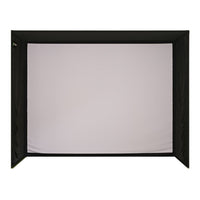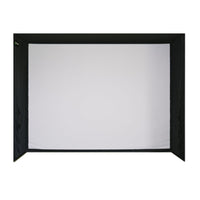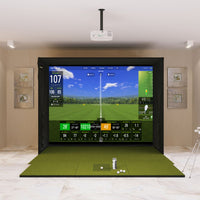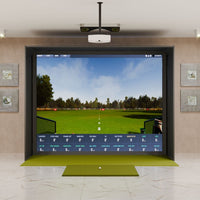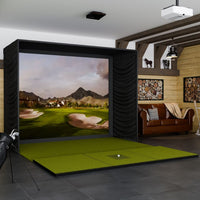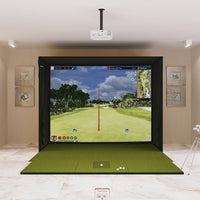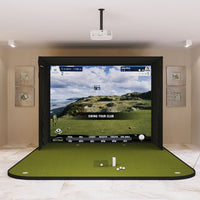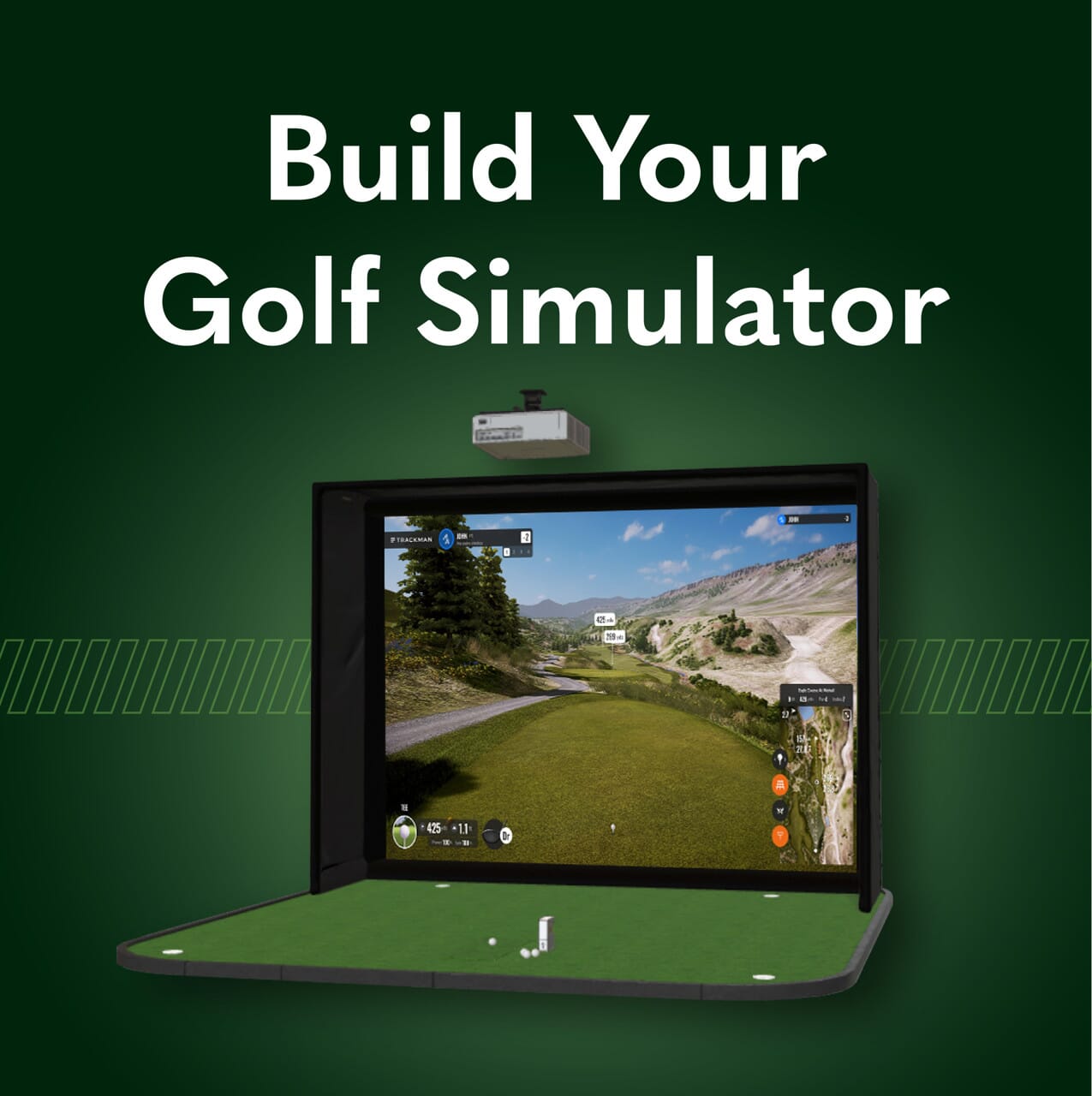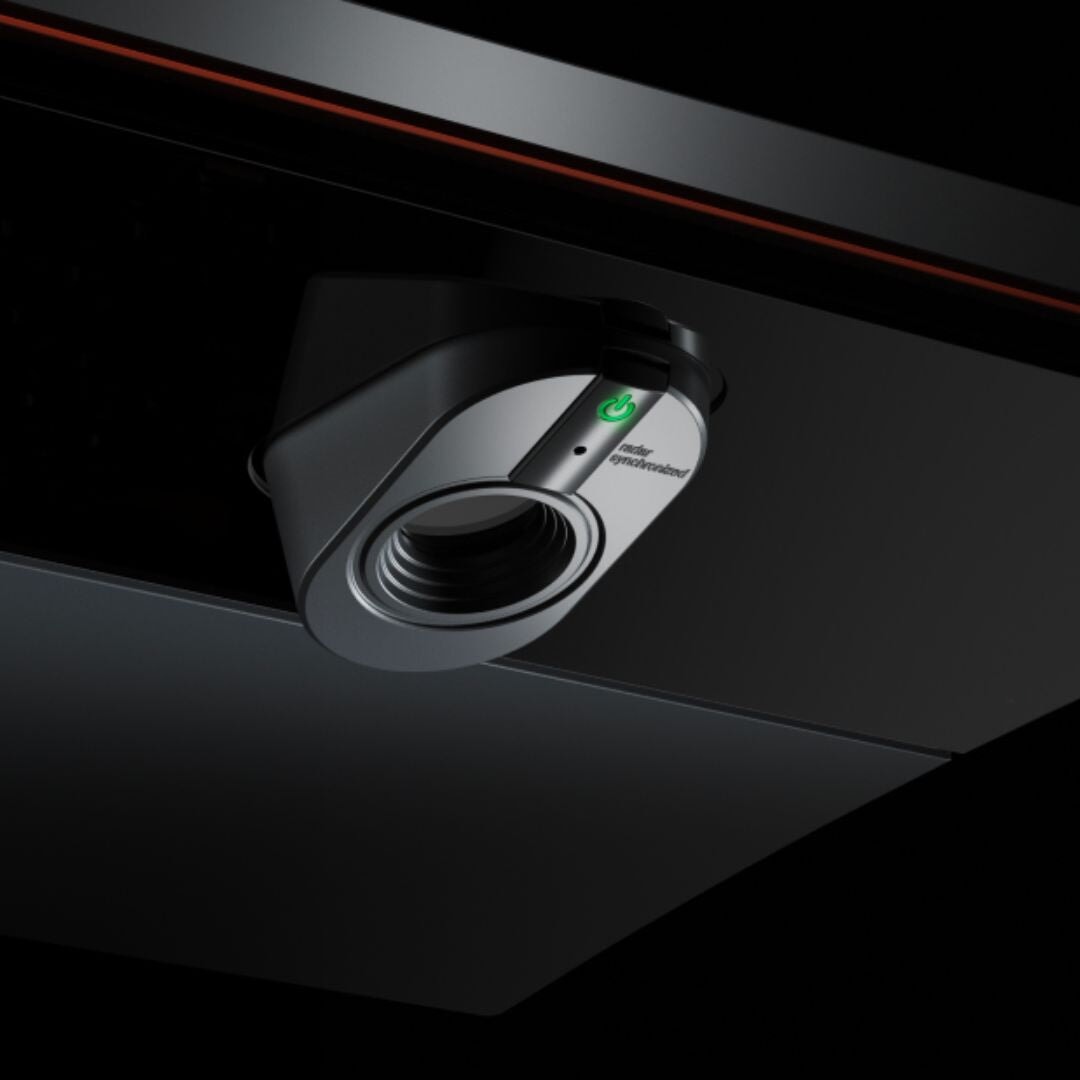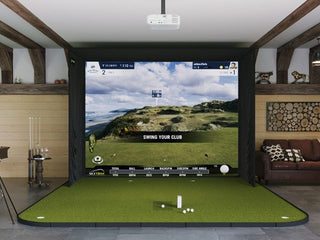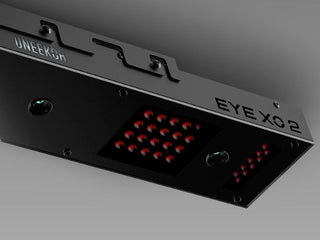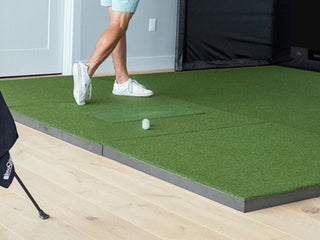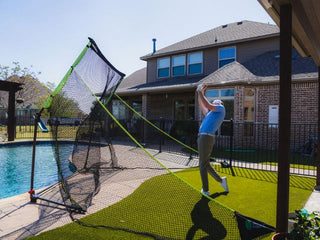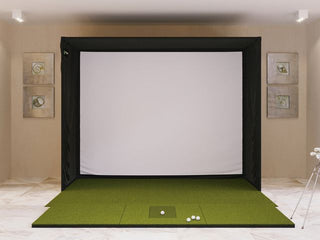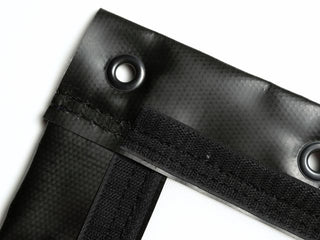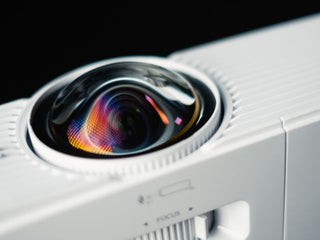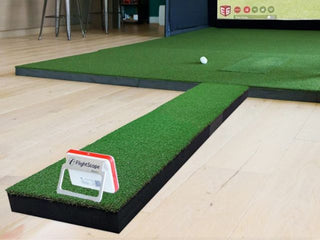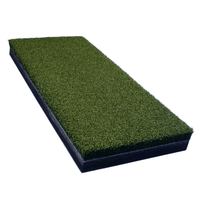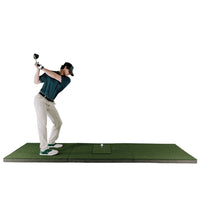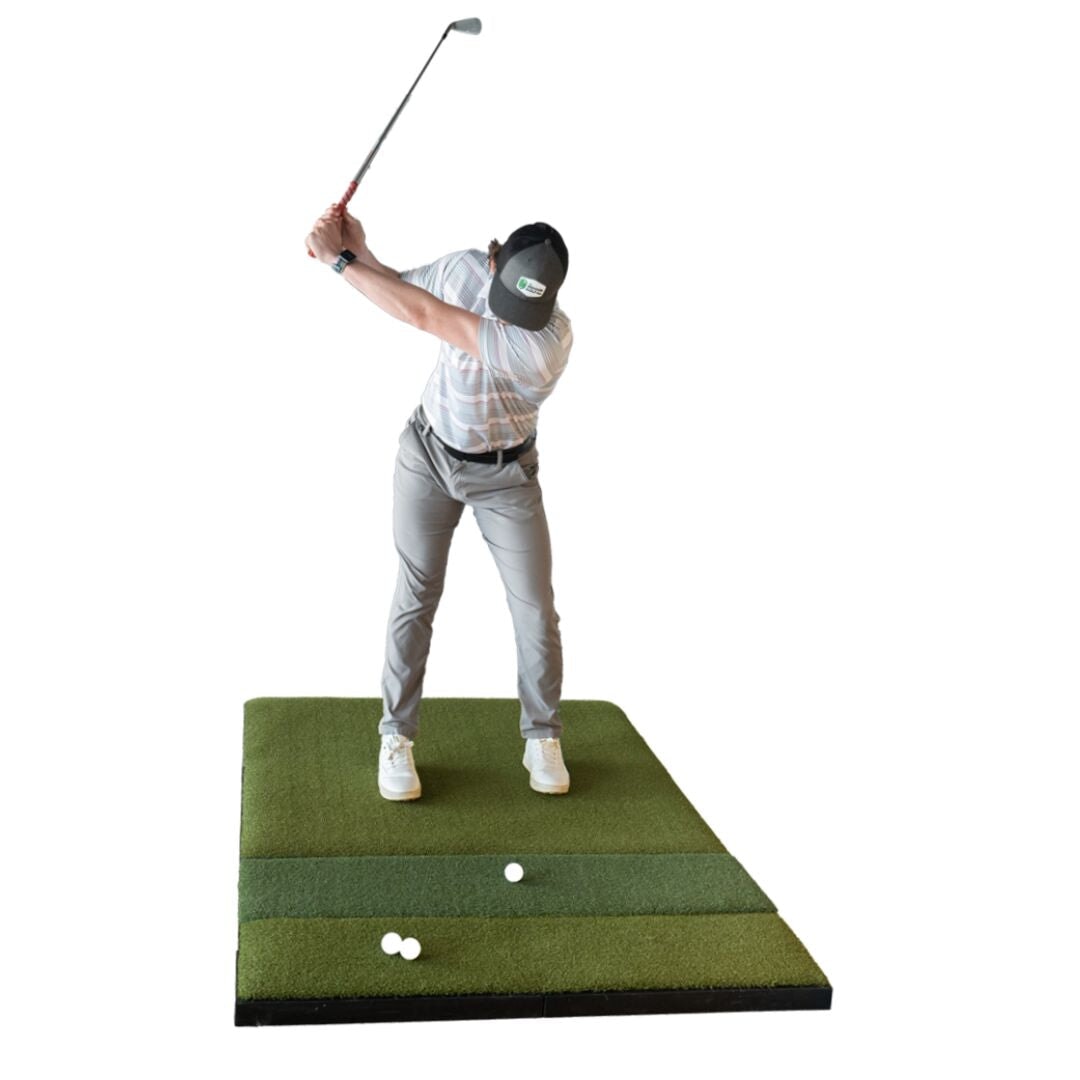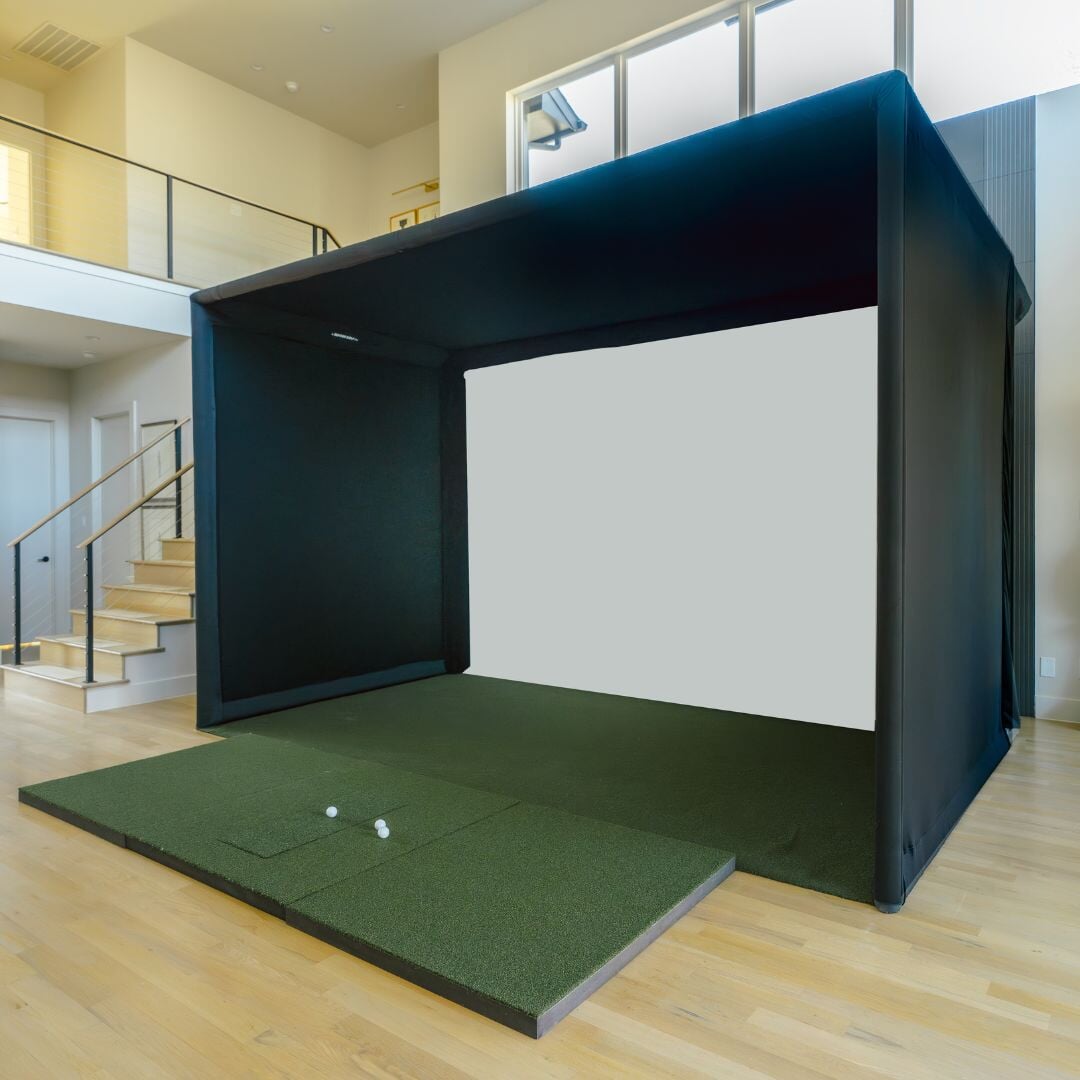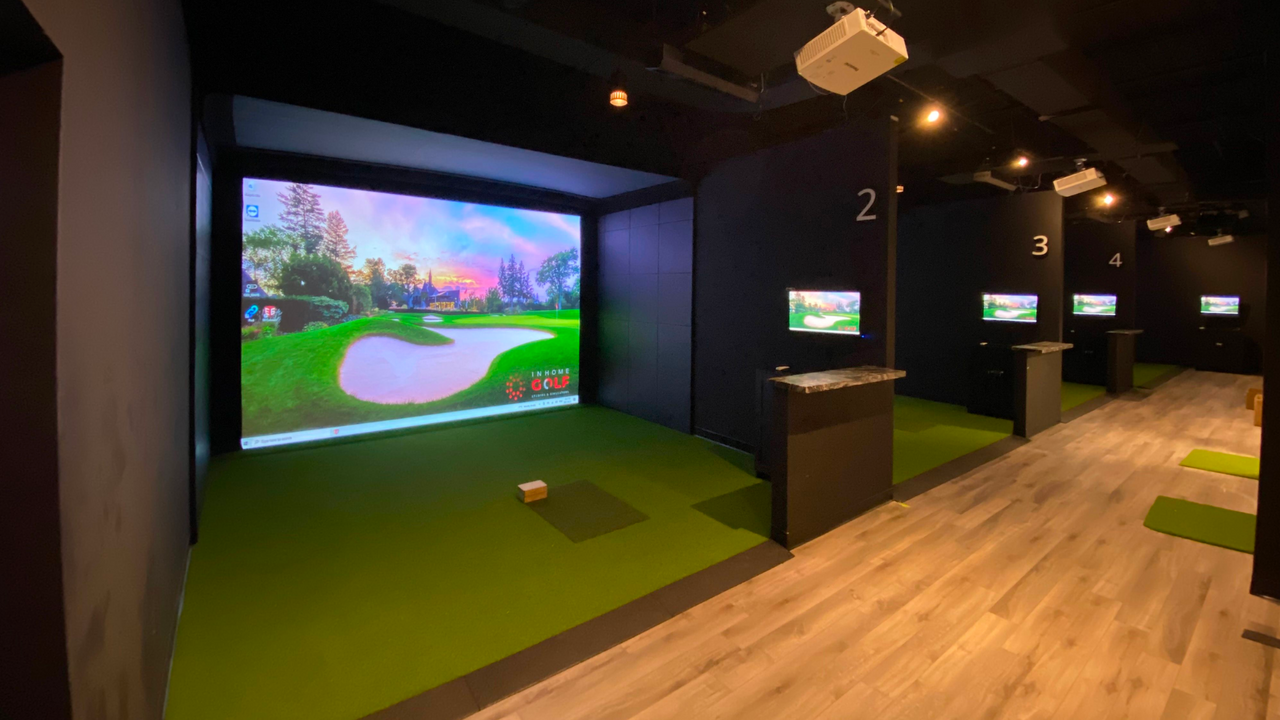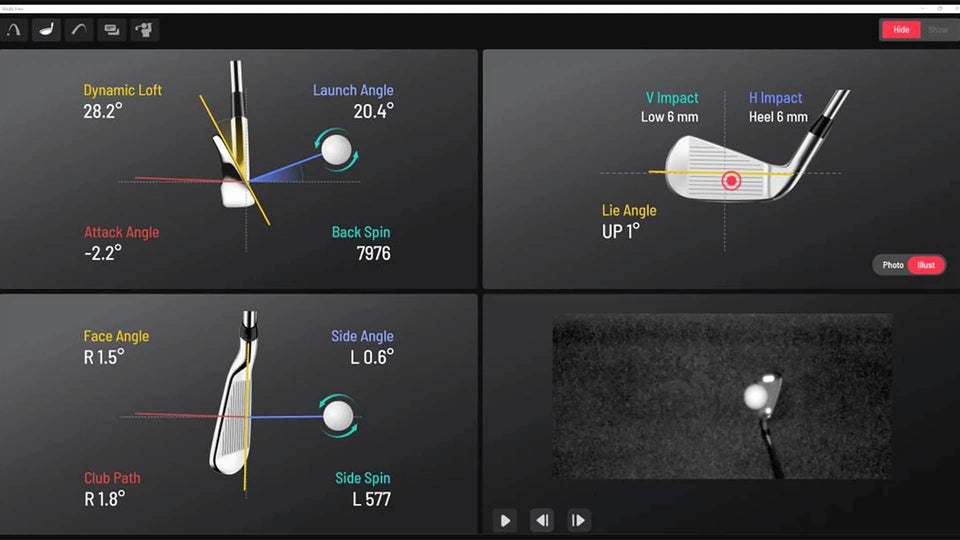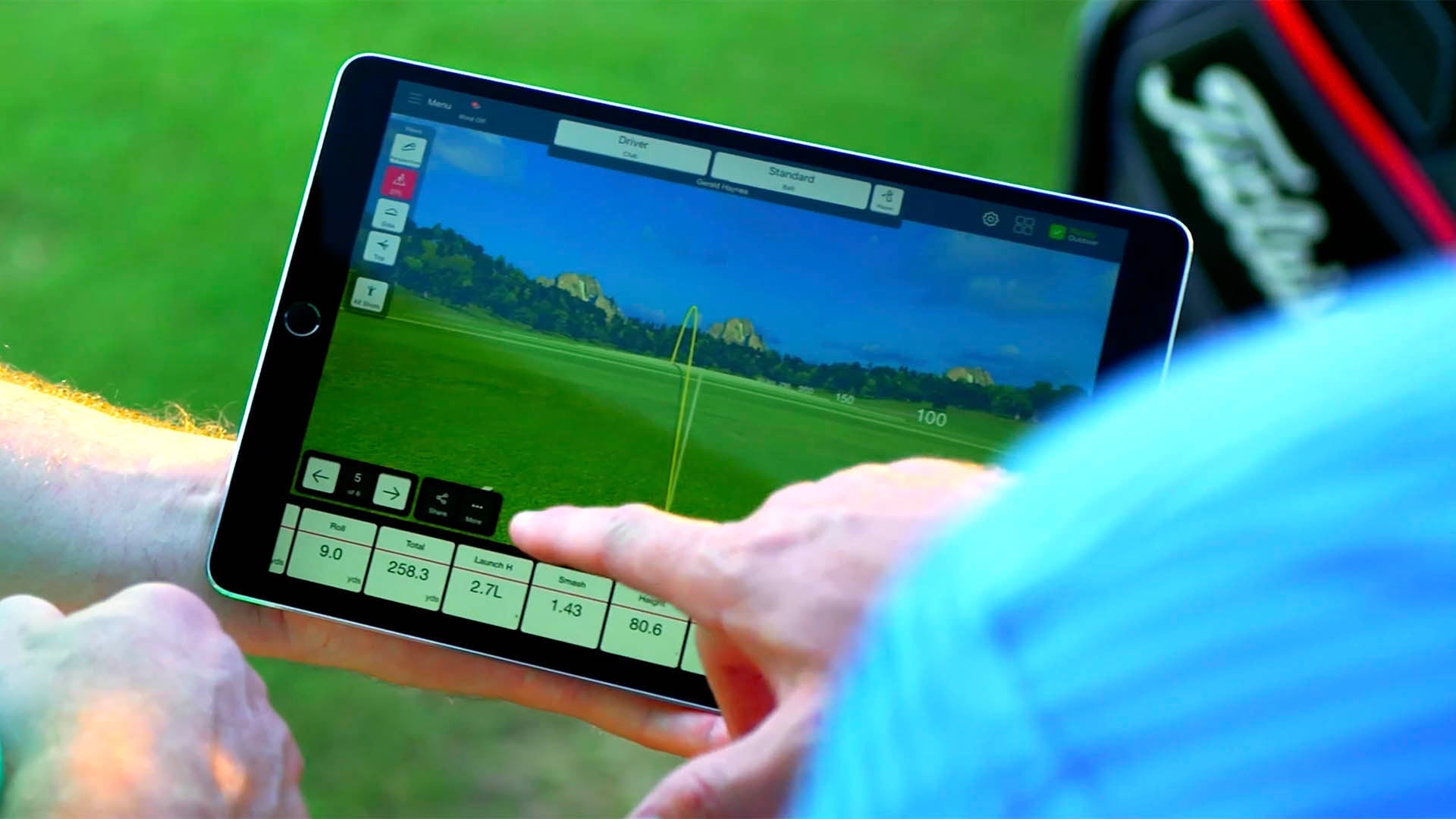
Making Sense of Launch Monitor Data
By Vinnie Manginelli, PGA
Technology has changed the way we play, learn and practice the game of golf. With enhanced gaming opportunities and performance feedback, launch monitors and indoor golf simulators are being installed at country clubs and public courses for teaching, custom fitting and social initiatives, and they’re also showing up in bars, gyms and indoor golf studios of their own.
Launch monitors offer data about a golf shot that can be used to analyze the shot performance, including club and ball data (details below). The feedback provided by these devices can sometimes be confusing and even misleading if you don’t really understand what the metrics mean. Let’s take a look at the most important indicators that you should use to gauge your current performance and monitor the progress you’re making in improving your game.

Novice or Beginning Golfers
When it comes to new golfers, the most important factors of a golf shot are:
- Getting the ball in the air,
- Hitting the ball in the direction of your target, and
- Striking the ball near the center of the clubface for a solid shot.
When it comes to the use of launch monitors, there are some basic numbers to keep an eye on. For example, understanding that the ideal golf shot requires precise distance and pinpoint accuracy, knowing how far you hit each of your clubs is vital. Of course, not every shot will go the desired distance, but as you improve, you’ll experience more well-struck golf shots than you might be getting right now, and knowing which club to use on each shot means knowing the distance that each club provides.
Launch monitors tell you how far you carried the ball, as well as the total distance with estimated roll. This data is based on several factors, such as:
- Angle at which you struck the ball,
- Speed with which you struck the ball,
- Centeredness of contact, and
- Ancillary factors such as wind, condition of the terrain and whether the shot was hit uphill or downhill.
Understanding your club gapping, or the number of yards between the average distance of each of your clubs, is easier to gain utilizing launch monitor technology than it is hitting on a driving range with the uncertainty of where your balls land and the natural skewing of the numbers caused by less-than-optimal-performing range balls.
With each golf shot, the launch monitor will show you your clubface striking the golf ball and provide numbers to support the image. What to look for at this stage:
Launch angle and angle of attack – Optimal results differ based on the club used. The angle at which you strike a golf ball is caused by actions taken in the golf swing – arms bending, body swaying, wrists breaking. See your PGA Professional to work out any issues here.
Clubhead speed – The velocity with which your club is traveling at impact. Factors that affect this are several – length of backswing, width of swing arc, golf shaft flex and your general body type.
When addressing the distance of your golf shots, clubhead speed is the metric that you’ll want to monitor the most. In fact, with every mile per hour gained on your driver clubhead speed, you will gain about 2.3 yards on your shot. Clubhead speed is not only an easy indicator to monitor, but a vital one in gauging your progression, not just in the technical aspects of the swing, but in the fitness level you bring to the tee box.

Mid-Handicap Golfers
The information provided for beginning golfers applies to mid-handicap golfers, as well. But, at this level, there are additional factors to consider when reviewing launch monitor data.
Ball speed, for instance, is the measure of the speed of your golf ball as it exits your clubface. This is essentially the amount of energy imparted on the ball by the golf club, as caused by the clubhead speed, centeredness of contact, launch angle and spin, which is often dictated by the characteristic of the club (shaft flex, weight, torque) and the golf ball.
With each factor seemingly affecting every other, it is not hyperbole to say that all golfers should get custom fit for their golf clubs, and at this mid-handicap skill level, the golf ball, as well.
Smash factor is a relatively recent indicator that some clubfitters and golf instructors use to gauge how much energy is delivered to the golf ball from the clubhead at impact. It is simply calculated by dividing the ball speed by the clubhead speed and its desired result for a driver is 1.5. This transfer of energy is an emerging metric that is now used in baseball and tennis, as well.
Increasing your clubhead speed will result in longer drives; but ensuring that greater speed is delivering maximum energy upon the golf ball is vital, and that’s where smash factor comes in. These numbers are easy to track in your practice sessions, but only with the use of a launch monitor.
Launch monitors also provide feedback on your clubface position at impact – open or closed – causing the ball to go left or right off the clubface. This side angle feedback helps you determine how well you’re squaring your club at impact. Are you over rotating your clubface prior to impact or are you striking the ball before getting the face into its proper position? Your PGA Professional will help you neutralized any over- or pre-mature rotation of the clubface, and they’ll get you turning better to ensure that clubface isn’t wide open at impact, like so many mid-high-handicappers tend to do.

Low-Handicap Golfers
If you’re a single-digit to scratch golfer, odds are most of your numbers are decent. But with your presumably more structured practice regimen, you have a better read on your game than most of your higher scoring playing partners. In the case of the low-handicapper, you’ll look at everything we’ve discussed already, PLUS a few other indicators.
Spin, for instance, is something that you should be monitoring. Backspin will be considerably higher for wedges than for your longer clubs, and is often reflective of your launch angle. Backspin is an asset you want on your approach shots, as it helps you control your ball on the green, but is a liability off the tee, where it imposes excessive height on the shot, reducing distance and runout upon impact.
If you’ve ever played tennis, you understand what topspin does to a ball – causes a lower trajectory and it darts forward upon landing. In golf, this can come in handy off the tee, but cause major headaches around the green. Your angle of approach, efficiency of body rotation and club characteristics will determine how much backspin or topspin you impart on the ball.
Sidespin, on the other hand, is based on your clubface angle at impact, as discussed above, and your swing path, which is another indicator that a launch monitor measures.
Are you coming over the top and cutting across the ball, causing a slice? Or are you coming from the inside, imparting draw spin on the ball and possibly hooking it? At this low-handicap skill level, you should be grooving that more-consistent swing path. After all, considering that a good golf shot is based on precise distance and accurate direction, sidespin can really skew the results, whether indoors or on the course.
Conclusion
Golf is one of the most pure, basic sports you can play. Hit the ball – follow it – hit it again. Who wins? Well, the player who gets the ball in the hole with the fewest number of strokes, of course!
Technology hasn’t confused the game of golf, like some might believe. As golfers, our goals are the same as they’ve always been. But with the use of launch monitors, we can practice with a purpose and make better use of our limited time.
There’s no more off-season in golf, and technology can help make you a better golfer, regardless of how long you’ve been playing or what your handicap is. Club speed, ball speed, smash factor, launch angle, clubface position, backspin, topspin, sidespin and swing path – all important to hitting a golf shot toward your target at the precise distance needed. And at the end of the day, that’s all we’re trying to do.
